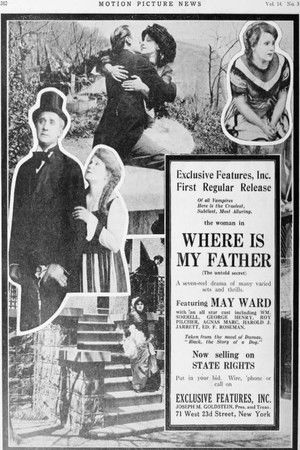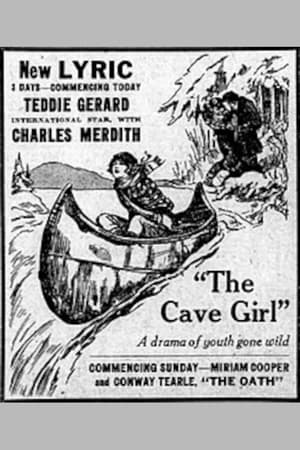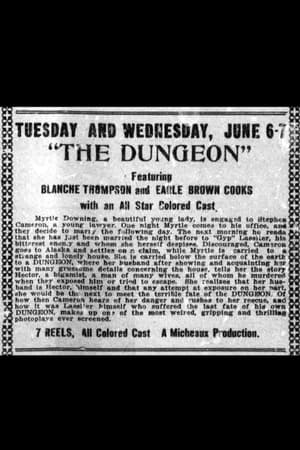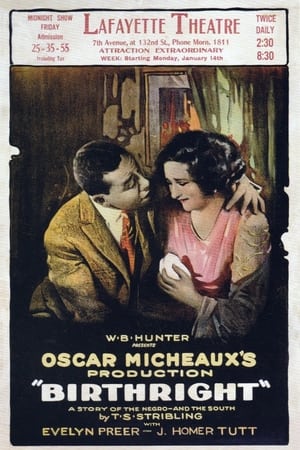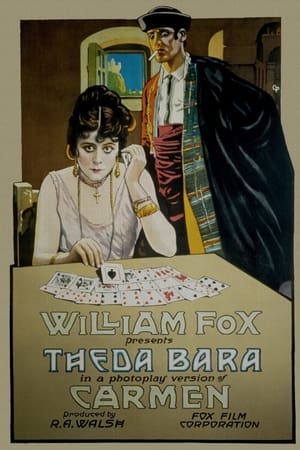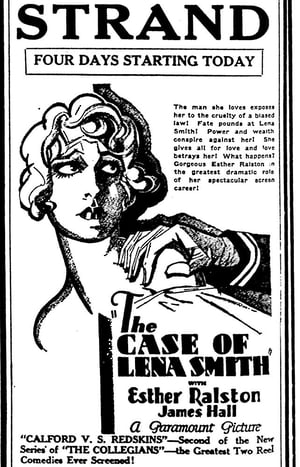Overview
Sir John Hayward, a noted surgeon, decides that his son Wyn, a medical student, needs a vacation as a temporary diversion from his studies. At Como, Wyn meets and falls in love with Rayetta Muir, an unprincipled actress who trifles with him. In London, Rayetta avoids seeing Wyn, ready to forget him. Wyn is crazed when he learns that Rayetta is intimate with both Lord Durhugh, an old roué, and Le Grand, a French boxer; and in a rage he chokes Rayetta and leaves her for dead. He then confesses to his father that he has killed her. Preparing to take the blame, Sir John, accompanied by Wyn, goes to Rayetta's apartment to find that she did not die after all. A lost film.

 65 min
65 min
 0
0
 1929
1929
 USA
USA







